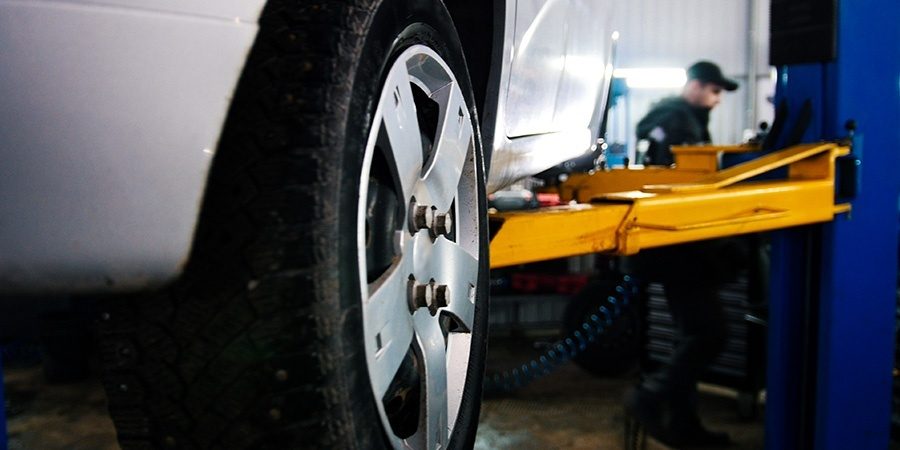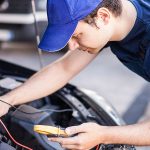Service Traffic
Seasonal Auto Checkups are a Thing of the Past
April 25, 2017
-


